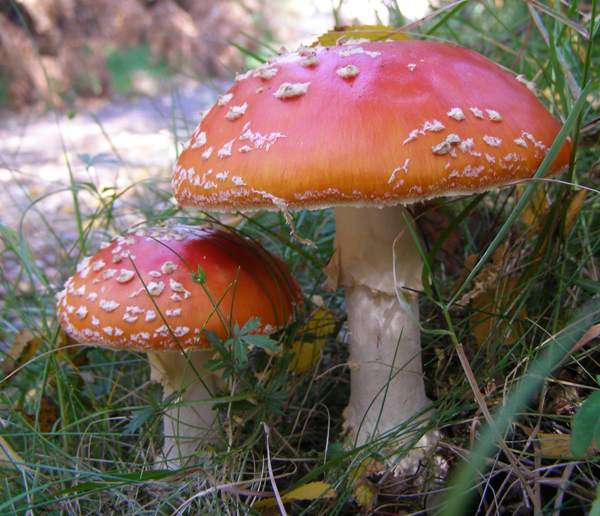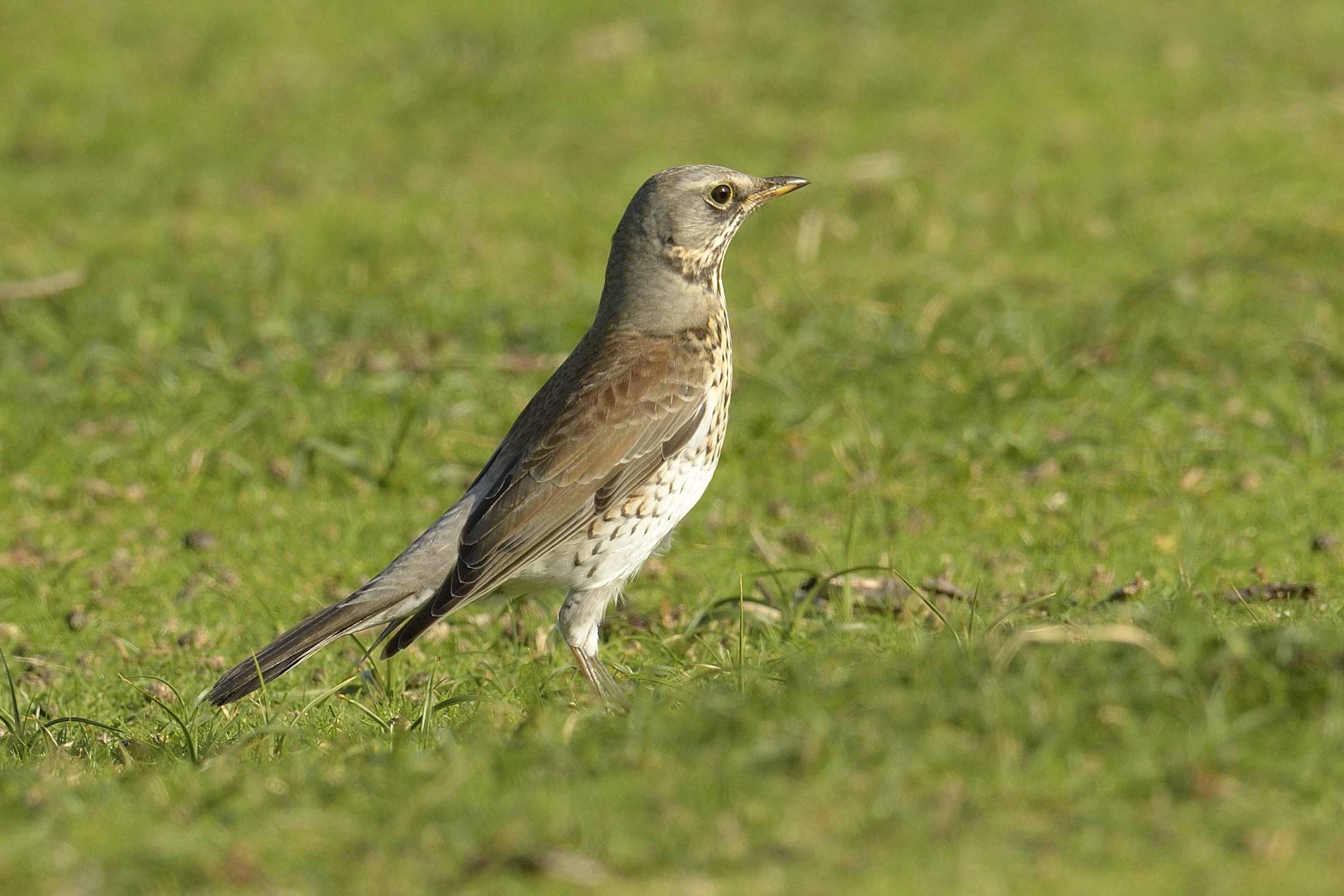Sickleholme Nature Notes
October turned out to be a month of very varied weather, some of which impacted on our course. The best of the wildflowers had largely disappeared, although a patch that was spared the mowers near the 13th tee still held Ragwort, Ox-eye Daisy, Red Clover and some white umbellifers. The colours of the autumn leaves offered ready compensation, and were very impressive on the few sunny days, albeit that many were shed early following the high winds.
I had a closer look at the many fungi that were accessible and managed to identify just a few more. Apart from some very large bracket fungi near the 7th tee, however, the most impressive remained the Fly Agaric (see picture) and there was a spectacular ring of these just below the 18th tee. You could almost see the pixies that live in them! The influx of Red Admiral butterflies continued, reflecting a national pattern, and there were occasional sightings of Peacock and Small Tortoiseshell. Mammal reports were thin this month being entirely relating to Grey Squirrels and Rabbits.
Although I was away for two weeks of the month, a number of members kindly shared their sightings with me; the majority being bird records. Quite a few were of the resident Buzzards and a regular Grey Heron but several related to very vocal geese passing overhead at some altitude. These would have been Pink-footed Geese which breed in Greenland and Iceland but move to the UK in winter. The first stop-over is usually the coastal area of Lancashire, where they feed up for a few weeks before flying eastwards to north Norfolk where up to 40,000 spend the winter. We are more or less on the flight path and I saw 260 (in two skeins of 180 & 80) pass over on 26th.
Siskin (one of our smallest finches) also arrived in force, favouring the fir trees around the course, and there was a flock of 40 on 23rd. The Jays remained noisy (most often behind the 2nd green) and Great Spotted Woodpeckers were regularly heard or seen. But at this time of year, it is also well worth keeping an eye on the clubhouse feeders that Patrick keeps so well stocked. Whilst waiting my turn to move to the 1st tee on 31st, I counted eight species taking advantage of the food available. Last month, I forecast the arrival of winter thrushes from Scandinavia and elsewhere. This duly occurred with Redwings pouring through from early in the month and some happy to settle wherever they could find berries. Fieldfare (see Picture) seemed a little later, or I missed them by being away, but there was a small flock of about 45 whilst I was playing on 31st. We can expect a lot more.



